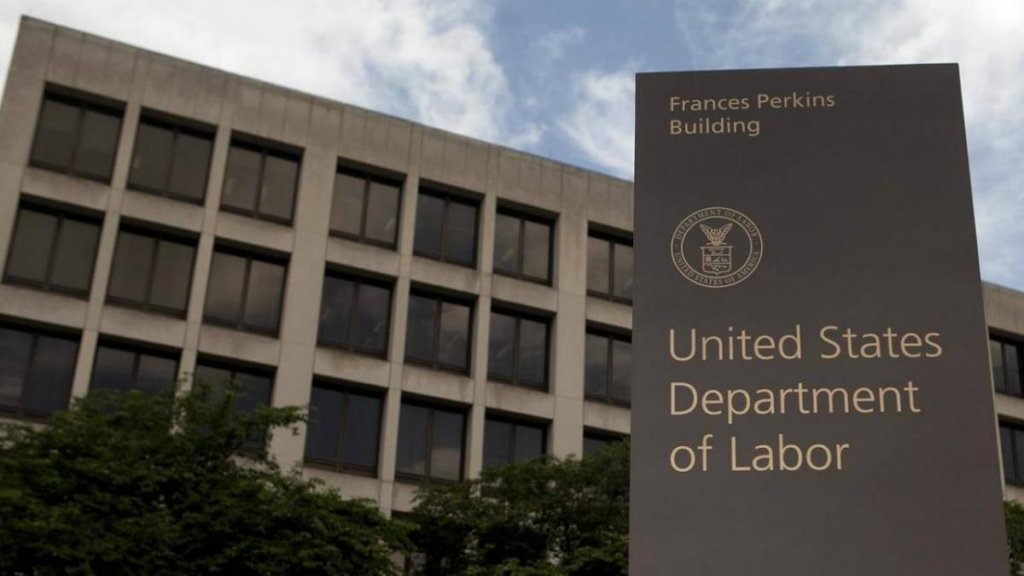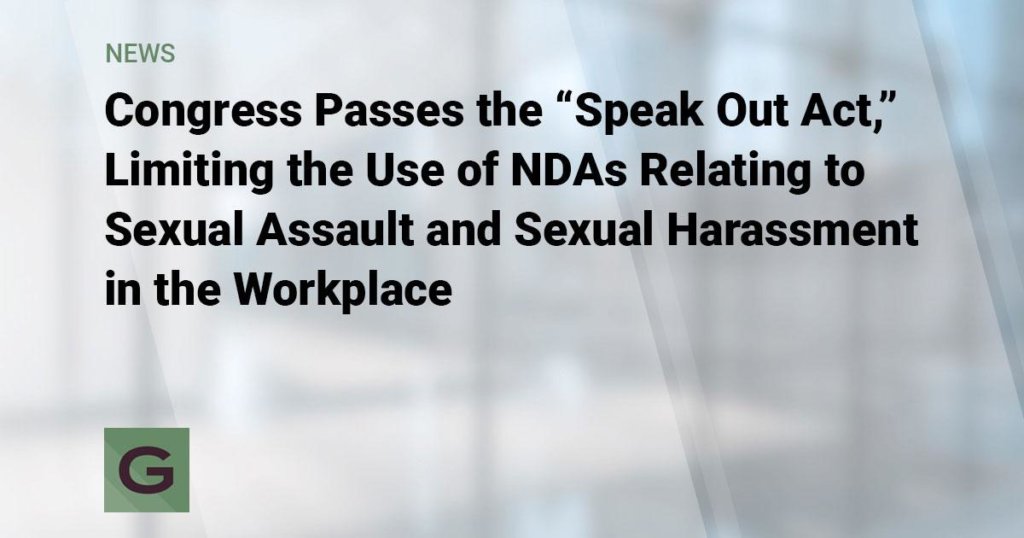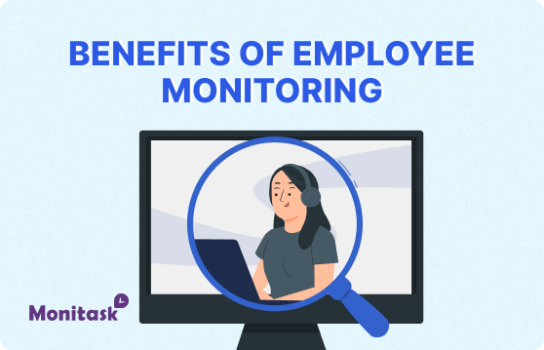Lastest Employee Law Regulation in the US

If you’re an employer in the United States, it’s essential to stay up-to-date on the latest changes in employment law. In November 2022, several new regulations went into effect, and more changes are on the horizon for 2023.
In this blog post, we’ll summarize the 9 most important changes* you need to know about. Keep in mind that these are just a few of the many changes that will be taking place next year – so make sure to consult with a lawyer if you have any specific questions!

Employee law regulations are put in place to protect the rights of employees, ensure fairness in the workplace, and promote employee satisfaction. They include various topics, from employee benefits and compensation to workplace safety standards. The Department of Labor (DOL) enforces most employment law regulations.
Currently, the DOL enforces over 180 federal laws, impacting the activities and safety regulations of roughly 150 million workers in 10 million workplaces. By ensuring that employers comply with these mandates, they are protecting the well-being and rights of employees across America.

Major Labor Laws in the U.S
It can be overwhelming to know every single regulation and act enforced by the DOL, so here are some of the most important ones:
- The Fair Labor Standards Act (FLSA): Perhaps, one of the most important ones, this act establishes employee rights to minimum wage, overtime pay, and child labor protections.
- The Family and Medical Leave Act (FMLA): This law provides employees with up to 12 weeks of unpaid, job-protected leave for certain medical or family reasons.
- The Equal Pay Act (EPA): This is a federal law that requires employers to pay men and women equally for equal work.
- The Immigration Reform and Control Act (IRCA): This law helps protect employers from hiring undocumented workers by requiring employers to verify the employee’s identity and eligibility for employment in the US.
- The National Labor Relations Act (NLRA): This law protects employee rights to organize and engage in collective bargaining.
- The Occupational Safety and Health Act (OSHA): This law establishes workplace safety standards and employee rights to a safe working environment. *This is one is quite important, and we’ll take about its changes due the COVID-19*
- The Employee Retirement Income Security Act (ERISA): This law provides employees protections for pension, health, and other employee benefit plans.
- Title VII of the Civil Rights Act (CRA): This law prohibits employers from discriminating against employees based on race, color, national origin, religion, gender, and disabilities.
- The Age Discrimination in Employment Act (ADEA): This law protects employees who are 40 years of age or older from discrimination in employee benefits and termination.
- The Genetic Information Nondiscrimination Act (GINA): This law prohibits employers from using an employee’s genetic information when making decisions about employee benefits or other employment-related matters.
A long list, eh? And that was only the top 10! You can read more of them here. As you can see, employee law regulations cover a wide range of topics and employee rights. Each one of these laws is critical to ensuring employee satisfaction, fairness in the workplace, and employee rights across America.
Sometimes, these acts change to adapt to the changing environment. An example of this is OSHA, which recently changed due to the coronavirus pandemic – specifically, implementing changes in employee safety regulations to help keep employees safe while they are at work.
Let’s review a few of these changes!
The 10 Essential Employment Law Changes You Need To Know For 2023
While some acts change only happen at the state level, there are some employee law changes that take place at the federal level as well. Let’s review the top 10 employee law changes employers need to stay up-to-date with for 2023:
Pay Transparency in California
The Equal Pay Act (EPA) of the United States ensures fair labor practices regarding pay, and labor law prohibits any form of wage discrimination. As of labor regulation 2022, just a couple of months we witnessed a change. This marks a distinct change in California labor policy — now, employers must report their salary structure to every state labor board without fail.
This also allows for labor legislation enforcement actions for employers that engage in pay discrimination, bonus or overtime pay withholding, or other labor abuses. Not only are employers required to disclose this information but they must ensure that any labor-related material is transparently disclosed.
- Read the full Senate Bill text here.
According to the law, a court may enforce civil penalties of up to $100 per employee against employers who fail to file the mandatory report and increase this amount for subsequent offenses up to $200. All collected penalties are then deposited in the Civil Rights Enforcement and Litigation Fund.
Through pay transparency and the support of labor law doctrines against wage disparities, this new guidance from labor regulations may very well be the start of a more equitable practice between employers and their employees when it comes to salaries.
Speak Out Act
The Speak Out Act, protecting both employees and independent contractors, is a federal law recently passed by Congress in November 2022, which limits the use of nondisclosure and non-disparagement agreements in sexual assault and sexual harassment disputes.

This new labor regulation is a milestone in standing against workplace misconduct as it seeks to ensure victims speak out about their experiences without fear of legal repercussions. Additionally, survivors will no longer be forced into confidential settlements and can fight for the compensation they deserve.
- Read the full Act text here.
In addition, this law encourages employers to take action to combat and prevent sexual harassment in the workplace. This is an essential step toward creating an environment of respect and positive engagement between employers and employees.
New York’s New Electronic Monitoring Disclosure Law
New York Gov. Kathy Hochul signed Senate Bill (SB) S2628. Starting on May 7, 2022, New York employers must begin to comply with new labor law provisions relating to employee monitoring.
Employers have a legal obligation to provide written notice upon the hiring of any employee monitoring practices that they intend to employ and they must also post an electronic monitoring disclosure notice in a conspicuous place.
- Read the full Bill text here.
This regulation is designed to ensure employee rights are respected and workers are given adequate information about their privacy prospects in the workplace. By adhering to this new law, employers will be able to protect their employees in addition to safeguarding their interests.
Yet, not only is a statewide law being considered, the proposed bipartisan federal Data Privacy and Protection Act could potentially supersede existing state laws regarding regulating personal data companies can collect on employees.
- Read the full Bill text here.
Artificial Intelligence (AI) Tools for Candidate Selection
The artificial intelligence revolution has led to Labor Law Regulation 821-a, which takes effect in April 2023 in New York City. Under this law, employers must ensure that automated employment decision tools they use to screen applicants and employees have been subject to a bias analysis audit, or face potential penalties.
The NYC Dept. of Consumer and Worker Protection issued a statement noting that due to proposed rules not being finalized before the law’s initial effective date of January 1, enforcement will take place on April 15th instead. Employers should plan to ensure compliance with this labor law.
Employee or Independent Contractor?
The employee and independent contractor distinction is a critical part of labor law regulation, and the U.S. Department of Labor (DOL) has responded to this by introducing a proposed rule under the Fair Labor Standards Act (FLSA).
This new rule seeks to clarify employee and independent contractor distinctions for gig workers, ensuring that workers receive all legal protections entitled to them as employees or contractors by introducing a multifactor test with criteria based on how the worker is managed in their daily operations.
This multi-factor test includes:
- Opportunity for profit or loss depending on managerial skill, Investments by employee and employer,
- Degree of permanence of work relationship,
- Nature and degree of control, whether the work performed is integral to the business operations, and
- The employee’s skill and initiative.
This guideline is very important to be taken into consideration when determining employee or independent contractor status, as misclassification can lead to costly legal implications.
California Family Rights Act
California recently took measures to expand the California Family Rights Act (CFRA), one of its most important labor law regulations, to better protect employees and their right to take leave. The CRFA, which applies to employers with five or more employees, entitles eligible employees to up to 12 work weeks off for family and medical leave within 12 months.
With the amendment of Section 12945.2 of the Government Code in early 2022, the CRFA now expands its coverage to include the “designated person” as another acceptable reason an employee can exercise their CRFA rights. This update further solidifies California’s role as an advocate of rights in the workplace and provides added protection for employees seeking family care leave.
Raise in Minimum Wage
With minimum wage regulations emerging as one of the most pressing issues in 2021, it’s important to stay up-to-date on minimum wage updates across all U.S. states and territories. The District of Columbia currently has the highest minimum wage rate at $16.50 per hour while 18 states have minimum wage rates that are slated to adjust ahead of 2022.
Already in 2023, 23 states and the District of Columbia increased their minimum wage rates, and three more are expected to join them later this year. Despite a general unifying minimum wage rate set by the federal government in 2009 ($7.25), states and extended territories have passed their labor laws, subsequently increasing minimum wages for workers across their respective jurisdictions. Below, you can check all the states raising their minimum wages.

For businesses to remain competitive in today’s workforce, they must be cognizant of minimum wage developments arising from state and federal legislature alike.
Illinois Crown Act
Governor J.B. Pritzker recently signed the “Create a Respectful and Open Workplace for Natural Hair” Act, or CROWN Act, into law in Illinois. This act is a labor law regulation that prohibits hair discrimination by amending the definition of race in the Illinois Human Rights Act (IHRA) to include hair texture and protective hairstyles such as braids, locks, and twists.
These changes were effective on January 1, 2023, and will be enforced in the employment, housing, financial transactions, and public accommodations sectors. The CROWN Act seeks to provide greater protection against discrimination based on racial appearance in Illinois.
California AB 2693 COVID Notice
AB 2693 is a new modification and extension to the California labor code regarding COVID-19 exposure in the workplace. Employers are now required to provide COVID-19-related notices to staff, but not limited to physical distribution – instead, employers may provide the notice through customary places of postings like online portals, which must remain posted for not less than 15 calendar days.
The notice should go as follows:
- To determine the period of contagion on-site, employers must track when an employee or subcontractor with a confirmed COVID-19 diagnosis visited their workplace.
- To protect their privacy, the exact locations of exposures should not be so specific as to reveal which individuals were affected; rather they can simply include details such as department, floor, building, or another area.
- To ensure that all employees are kept up-to-date on COVID-19-related benefits, companies should provide contact information.
- To ensure compliance with the CDC and Cal/OSHA standards, employers should communicate their cleaning and disinfection plan to all employees.
Furthermore, the law extends COVID-19 notification requirements until January 1, 2024. Additionally, AB 2693 removes the prior requirement of notifying the local public health agency if there was an outbreak in the workplace.
Bottomline
These are just a few of the major employment laws employers must be aware of. With the continuous emergence of new labor regulations, businesses need to stay up-to-date on proposed rules and changes that will affect their employee compliance obligations.
Understanding how to comply with these laws is essential for keeping your business in line with employment regulations and protecting the rights of your workforce so that you can continue to operate smoothly. It is important to consult with an employment lawyer* who can provide guidance and advice for employee regulations in your state or locality, as well as help you prepare for changes ahead.
Keep yourself updated and follow our blog!
-The Monitask Team


